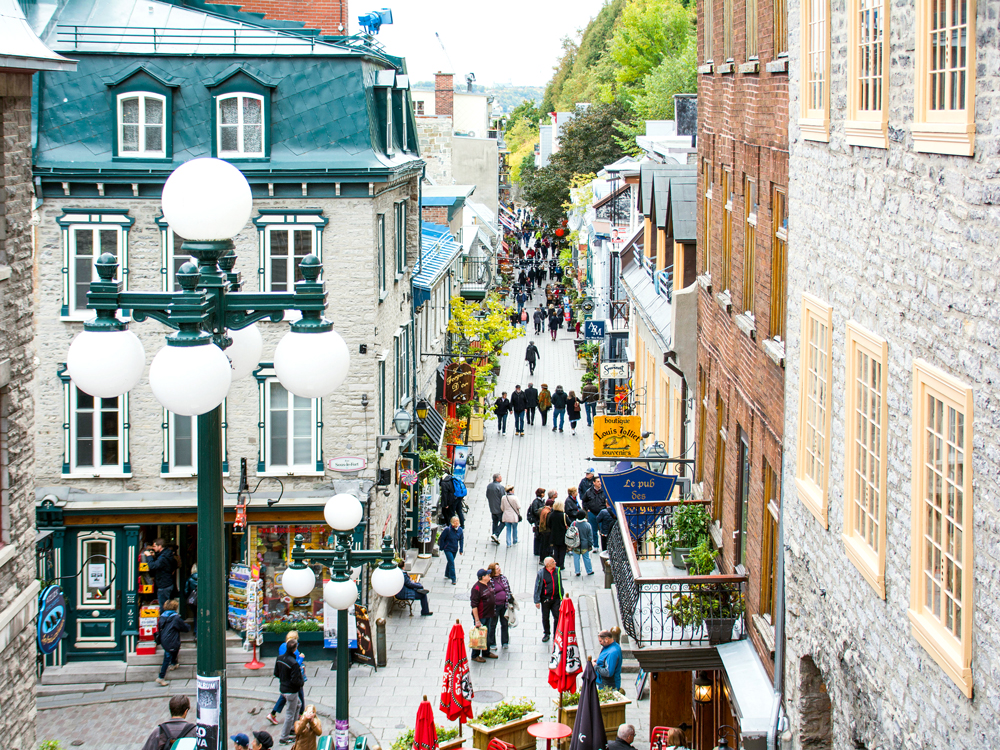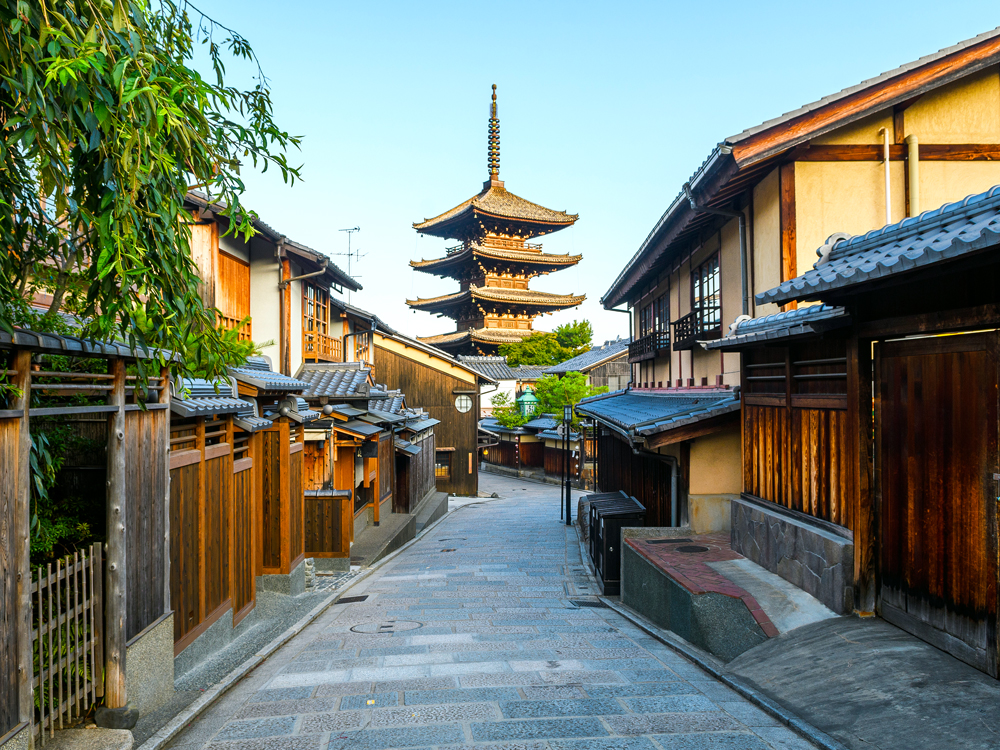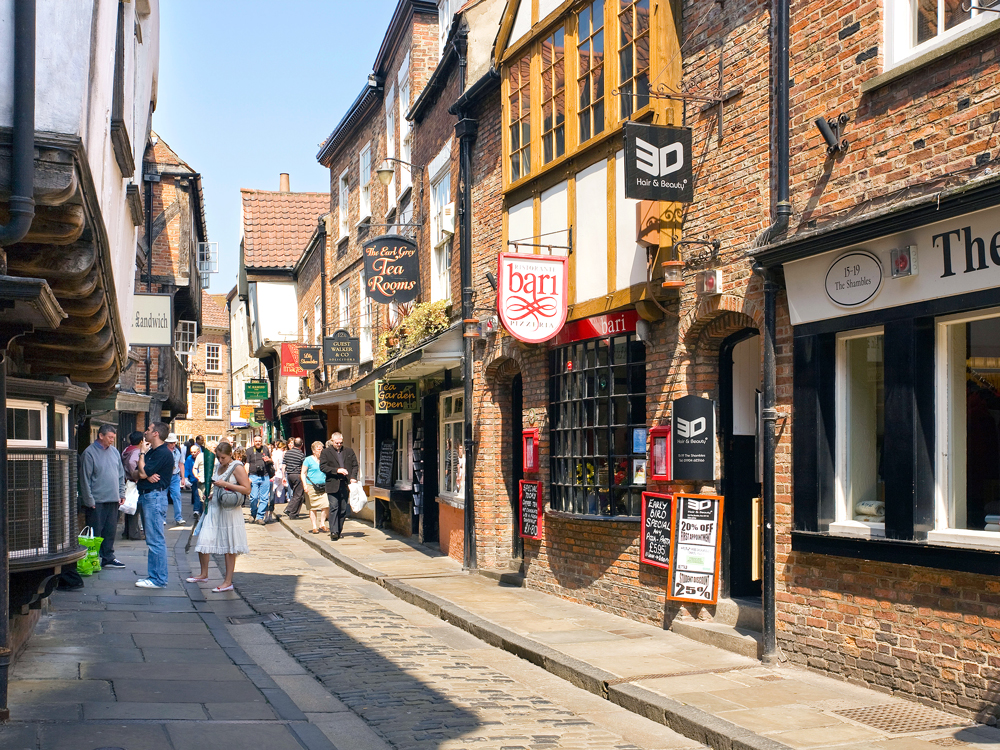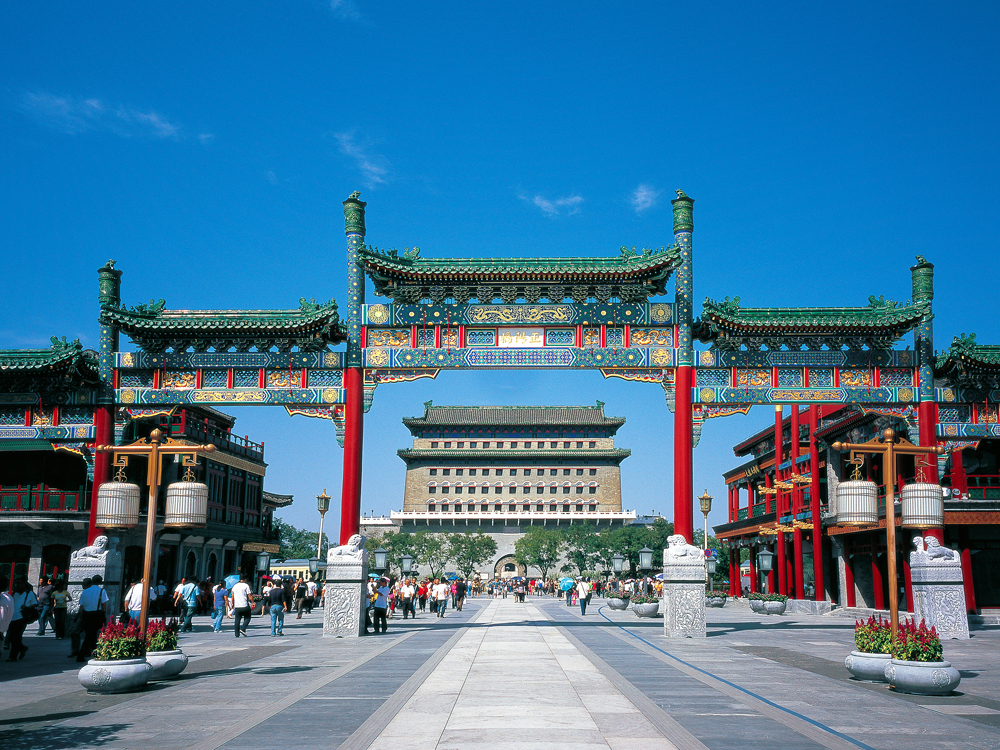While they provide a necessary means of transportation in many cities, vehicles can often be a blight on the urban experience. In an effort to improve urban spaces, some cities have fought back against cars by designating pedestrian-only spaces. Whether it is tried as an experiment or a bold and more permanent change, pedestrianization is often a triumph. Walking through these cities becomes a pleasure, and the extra space freed up by banning cars is ideal for accommodating sidewalk cafés, market stalls, and other community endeavors. Take a look at six of the best pedestrian-only streets in major cities around the globe.
Rue du Petit-Champlain – Québec City, Canada

Located in Québec City’s historic walled quarter, the Rue du Petit-Champlain pedestrian street takes its name from the city’s founder, Samuel de Champlain. What you see today reflects the vision of Gerry Paris and Jacques de Blois, who in the 1970s aimed to breathe life back into this part of the city’s old town by creating a European-style community of artisans and traders. The buildings — many of them more than 200 years old and in a poor state of repair — were spruced up to highlight their original features.
More than four decades later, the neighborhood remains a thriving hub for culture, retail, and leisure. And it’s not difficult to see why Rue du Petit-Champlain has become a magnet for visitors. It’s lined with dozens of charming boutiques selling local textiles, handicrafts, and food from the city’s hinterland. Climb the Breakneck Steps (Escalier Casse-Cou) — the city’s oldest stairway, dating from 1635 — to get a stellar view along the street.
Sannenzaka – Kyoto, Japan

Kyoto has a number of atmospheric stone-paved streets, chief among them Sannenzaka (whose name means “the slope of three years”). This pedestrian route, flanked by traditional wooden townhouses, leads to Kiyomizudera Temple, which dates to 778 CE and is now part of a UNESCO World Heritage Site. Along with nearby Ninenzaka (“the slope of two years”), Sannenzaka is a popular place to not only admire Kyoto’s historic architecture but also to get acquainted with Japanese culture.
It’s great for shopping, too — here, you’ll find Kiyomizu-yaki ceramics, Nishijin-ori textiles, and a slew of other handmade souvenirs. Word of caution: Don’t allow yourself to get too distracted, as Sannenzaka is also the focus of a worrying superstition. According to one legend, if you’re unlucky enough to fall down its stone steps, you’ll pass away within three years.
The Shambles – York, England

The Shambles is one of York’s most storied streets, mentioned in the Domesday Book, a 1086 survey of England and parts of Wales ordered by William the Conqueror. Though Harry Potter fans would like to believe otherwise, J.K. Rowling has refuted claims that it was the inspiration for Diagon Alley. Yet, it feels like it could be. Stacked with half-timbered properties dating back to the 14th and 15th centuries, the street is narrow enough in places to allow visitors to touch both sides at once.
Originally, the Shambles was home to a cluster of butcher shops, and the overhanging buildings on either side would have helped to provide shade on sunny days and shelter from the rain. You can see evidence of this past function in the meat hooks that still hang outside some of the present-day stores and also in the wide, flat window sills from which sales were once made. Meanwhile, the raised sidewalk on either side of this pedestrian street would have allowed waste from the butcher shops to be washed away.
Las Ramblas – Barcelona, Spain

Barcelona’s most famous pedestrian thoroughfare is technically a succession of connected streets that link Plaça de Catalunya, the city’s central square, to Port Vell (hence the plural “Ramblas”). Some of the city’s most important sights — including the Barri Gòtic, the 18th-century Virreina Palace, La Boqueria Market, and Gaudi’s Palau Güell — can be found on either side of Las Ramblas.
Strolling toward the waterfront, visitors progress from Rambla de Canaletes through Rambla de Canaletes, Rambla dels Estudis, and Rambla de Sant Josep (also called Rambla de les Flors, as it hosts a flower market). Finally, they reach Rambla dels Caputxins — once a Capuchin monastery and now home to El Liceu opera house — and Rambla de Santa Mònica. The different tree-lined sections of Las Ramblas attract not only hordes of both visitors and locals but also street performers and caricaturists. Approximately halfway along the route, look out for a splendid mosaic set into the sidewalk; it’s the work of artist Joan Miró, who was born in Barcelona in 1893.
Qianmen Street – Beijing, China

Qianmen Street, also called Dashilan, is a delightful pedestrian street in the heart of the Chinese capital, Beijing. Here, you’ll encounter some of the biggest global names in retail, but one of the highlights is Changchuntang, a famous drugstore that has been around for two centuries.
You’ll find several well-known restaurants on the street, too. For instance, Quanjude specializes in roast duck, while Yitiaolong has been serving mutton the traditional way since 1785. Another favorite is Duyichu, which started out as a tavern more than 250 years ago. Though cars are not permitted on Qianmen Street, an exception was made for two historic trams. They first ran on this route from 1924 to 1966 and have been reintroduced as a heritage attraction for sightseers.
Stradun – Dubrovnik, Croatia

The limestone paving slabs are what give Stradun, in the medieval Croatian walled city of Dubrovnik, such a distinctive appearance — and they certainly make for a dazzling sight in the Adriatic sunshine. The pale color of the stones provides a photogenic contrast with the terracotta tiles that top the buildings that flank it on either side. Originally, the ground here was marshy, but it was reclaimed in the 13th century. The street connects the city’s famous Pile Gate to the harbor, bisecting the charming old town (a famous filming location for Game of Thrones). Along Stradun, visitors will find a beautiful pair of 15th-century fountains, as well as the Franciscan Monastery and Sponza Palace.
Part of Stradun’s appeal lies in the uniformity of the buildings that line it. Following a devastating earthquake and fire in 1667, the street gained a new look, with arched shop windows at street level and shutters to keep the sun out of the living quarters above. Today, the cafés and souvenir shops that occupy these historic premises are crowded with appreciative tourists.
More from our network
Daily Passport is part of Optimism, which publishes content that uplifts, informs, and inspires.























